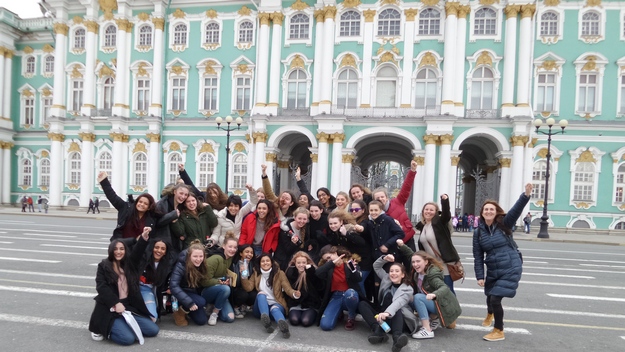Russia Trip 2017
Withington’s Senior pupils were treated in an assembly this week to a special showing of a newsreel film reporting on this year’s Easter trip to Russia. The 20-minute Withington Newsround edit was produced by WGS girls during their six-day History and Music trip and showed some of the amazing highlights of the Moscow and St Petersburg tours enjoyed by the group of 29 GCSE and A-Level students during the Easter holidays.
Accompanied by Mrs Clark, Mrs Sargent, Miss Holland and Mr Schickele, the girls embarked on an action-packed itinerary, starting in Moscow, where their sight-seeing included Red Square, Lenin’s mausoleum, the Kremlin, the Novodevichy Cemetery and several fascinating museums, before moving on to St Petersburg with its awe-inspiring historic attractions.
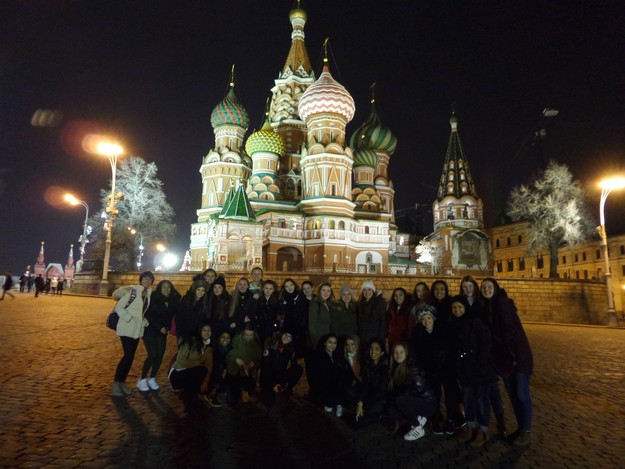
The trip was not without incident however – it was a few hours before the group were due to leave for St Petersburg that they found their travel arrangements curtailed by the aftermath of the the St Petersburg Metro bombing of 3rd April – but as the WGS documentary reveals, the girls took the unfolding events in their stride. Having taken advice, the decision was made to proceed with the St Petersburg leg of the trip and the girls are seen on their news footage to report that they remained in high spirits and that “resilience was the name of the game”. They took the train to St Petersburg the following day which had the positive benefit of seeing the Russian landscape which would have been in blackness on the night train.
Withington runs an annual History trip to Russia to support exam curriculums, with GCSE girls benefiting from seeing first-hand elements of Nazi Germany influence on the Union, whilst A-Level students gain a valuable insight into Russian history from 1855 to 1964. But for the first time this year, the opportunity for this once-in-a-lifetime tour, was extended also to include WGS Music students – and Mrs Clark said after the trip, “All would agree that the sights we saw and the experiences we enjoyed during our time in Russia, whether you were an Historian or a Music student, were, in Mrs Sargent’s words, all ‘marvellous’.”
“It was an action-packed few days and quite tiring, but the girls responded very well and even took the St Petersburg threat in their stride. They were a pleasure to be with,” she said.
—
Here follows the trip diary!
Day 1 – 1st April
Mrs Clark writes:
After a fairly long flight we arrived to a snowy Moscow, we embarked on our Russian adventure with Julia, our guide.
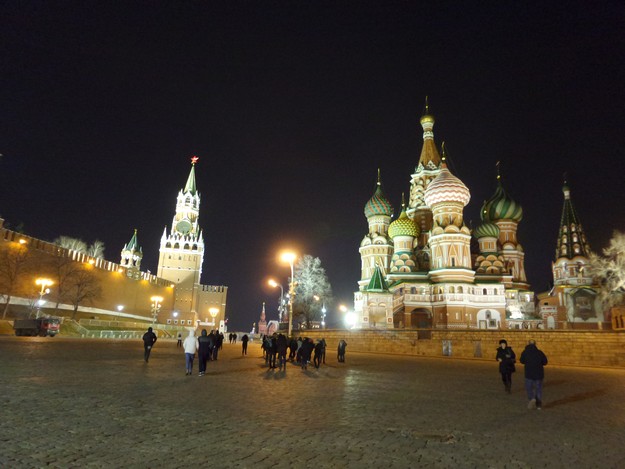
The journey to the hotel was about an hour and en-route we passed a reminder in the form of anti-tank barricades of how close the Nazis actually got to Moscow in 1942. We arrived at hotel Cosmos and settled into our rooms in good time for tea – an adventure in itself, with a range of unfamiliar dishes labelled in Russian with equally baffling English ‘subtitles’. After tea, we set off to see Red Square at night. Magical! The sky was very clear and therefore very cold but it was everything we had imagined it to be. We spent a good 45 minutes taking photos of each other, selfies and the historic landmarks – the GUM department store, St Basil’s Cathedral, Lenin’s Tomb, the Kremlin walls and the State Historical Museum – which looks like something off a chocolate box! Some of us wandered around to the eternal flame and tomb of the unknown soldier. Here we encountered our first brush with Russian law and order. We managed to escape arrest, however, and WGS’ reputation is still very much intact!
Day 2 – 2nd April
Another blog-post from Mrs Clark.
The morning was taken up with a return to Red Square and a visit to GUM department store where most just window-shopped luxury brands such as Chanel and Gucci. The staff had very nice but very expensive coffees and visited the matching expensive historical lavatories (150 roubles is a lot more than just spending a penny!) On the way, we saw a monument to Karl Marx urging the proletariat of the world to unite! We ventured off to the Gulag Museum next. This is a new museum and is testament to the changing face of Russia (or possibly the perceived ‘changing’ face!). Our guide was very informative and added a personal note to the visit as her grandfather had been a resident in a Gulag (he was released). There were some fascinating newsreels from the time and stories of survivors. After this excellent Museum, we went for lunch in old Arbat Street where some students had a go at eating in a traditional Russian eatery whilst others decided they needed a more ‘western’ fix already and resorted to pizza! Hat and doll buying were soon in full swing and then it was off to the Great Patriotic War Museum. It is situated in Victory Park where all wars are commemorated but the museum is dedicated to World War Two which lasted from 1941-1945 for Russia and cost them 27 million lives. It is an incredibly moving museum with huge murals and artefacts showing the key stages in the war – defence of Moscow, the battle for Stalingrad, the siege of Leningrad, Kursk and the final offensive to Berlin.
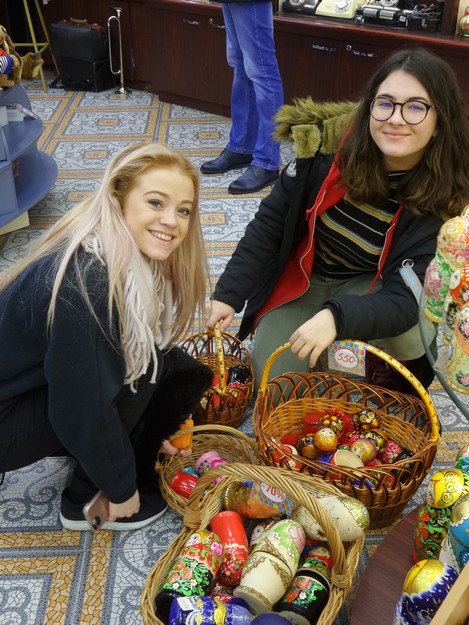
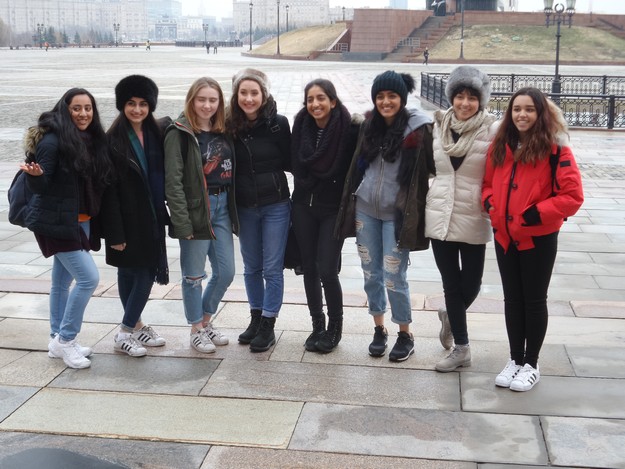
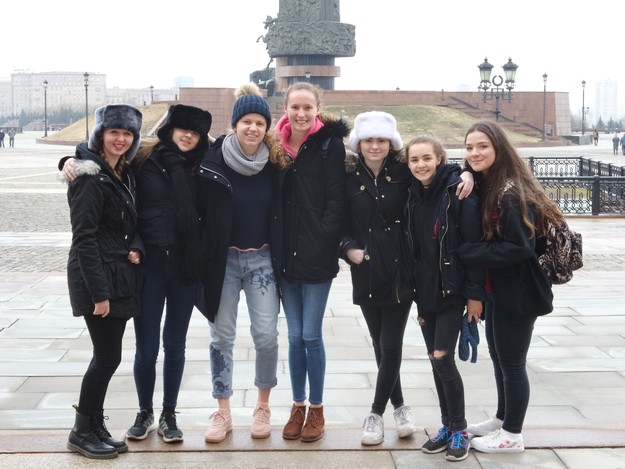
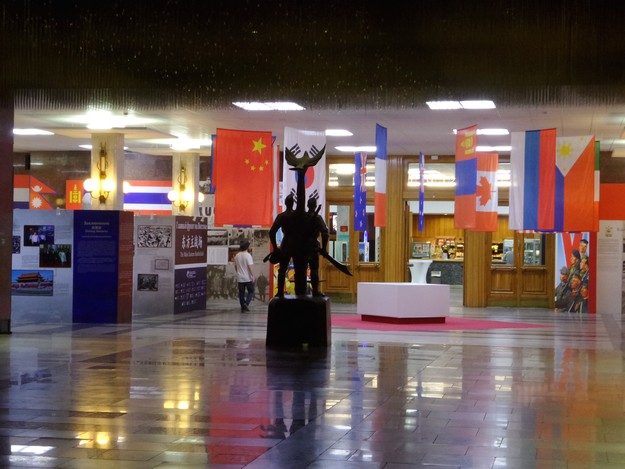
After this really moving experience we went to the circus. Faced with all sorts of performing animals (including a tiger!) in the foyer with whom you could have a photograph taken, we hastened to our seats just in time to see the first of a host of daring and different acrobatic acts. Most of the group were rather unsure about the performing bear and the sea lions but it was extremely spectacular.
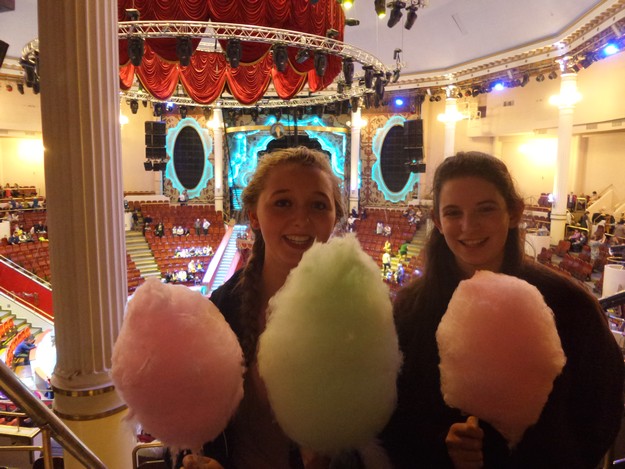
Day 3 – 3rd April
Today’s sight-seeing included a visit to The Kremlin where the group visited the Armoury, which started as a Royal arsenal but also houses a fantastic collection of Faberge eggs as well as original Royal crowns, thrones and household articles. They also saw the Tsar Cannon and Tsar Bell – the biggest in the world. Julia pointed out Vladimir Putin’s window but there was no sign of him there.
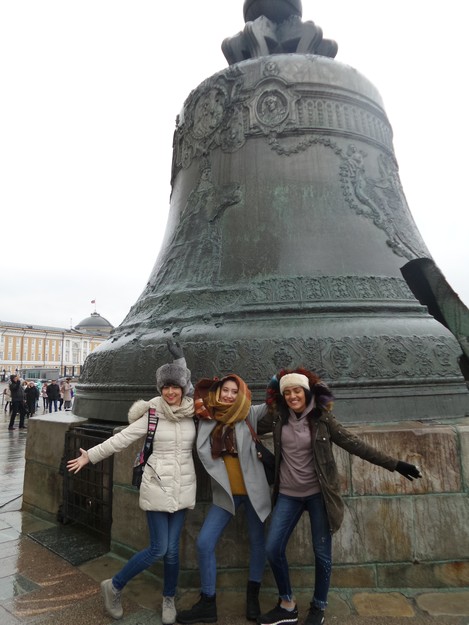

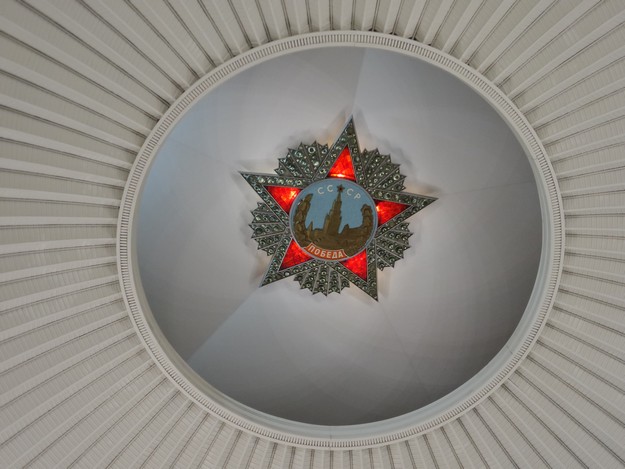
Stop Press: The group was shocked to hear the news that there had been a terrorist bomb in St Peterbsurg, where they had been due to travel to overnight – but after taking advice, it was decided that the trip would continue, albeit with a slight delay to the following day as the train on which they were scheduled to join for their journey, was cancelled. In good spirits, the girls carried on with plans for bowling, though a planned trip to visit the stunning Moscow Metro buildings, built by Stalin, had to be called off for security reasons.
Day 4 – 4th April 17
“The show must go on”, the girls commented as they eventually boarded a train, twelve hours later than expected, bound for St Peterbsurg. On a positive note, the delay meant travelling in daylight instead of during the night and the group was able to view the vastness of Russian countryside, complete with snow! After checking in to their hotel and a quick meal, they went to watch an authentic Russian ballet, whilst Mr Schickele went off instead to gain an insight into Russian cuisine with a delightful culinary experience and an opportunity to try a variety of flavoured vodkas.
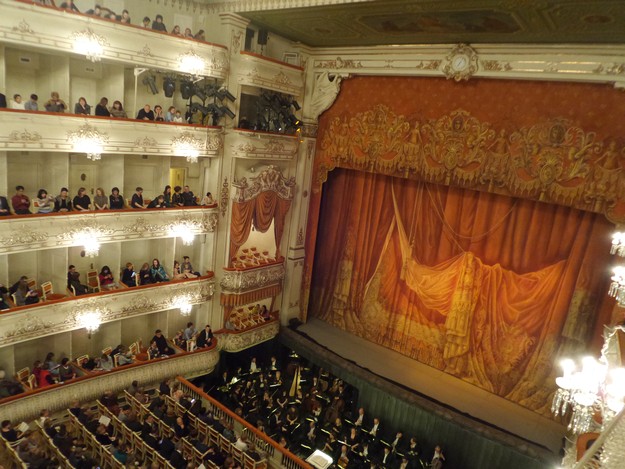
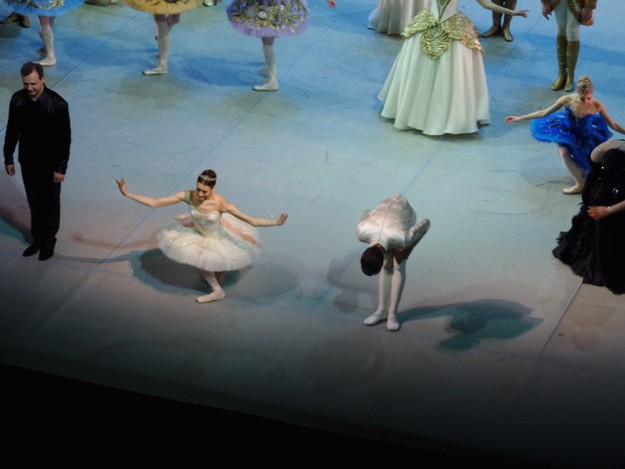
Day 5 – 5th April
After waking to beautiful sunshine, the girls headed to Yusopov Palace, where they saw in graphic recreation via wax figures, the basement in which Rasputin met a gruesome end at the hands of Count Yusopov. Following lunch, the girls headed off to Nevsky Prospekt, the famous St Petersburg main street full of shops and restaurants. Whilst the teachers went off to savour the delights of a Russian pie shop, the girls had free time, before meeting up again to visit the Hermitage Museum, formerly the Winter Palace, with its many great exhibits, including Rembrandts, Leonardo da Vincis and the largest bowl in the world. The evening’s entertainment was a folk concert where the girls loved the displays of Russian dancing and singing before enjoying a meal afterwards in stunning surroundings.
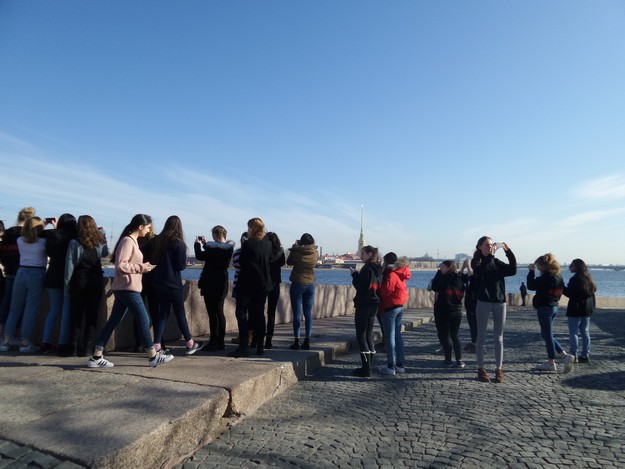
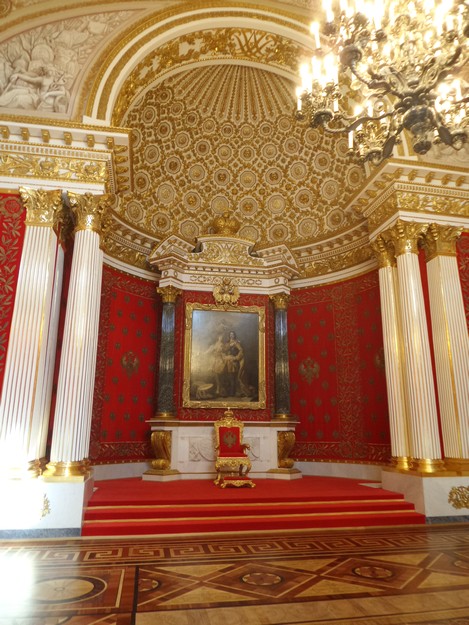
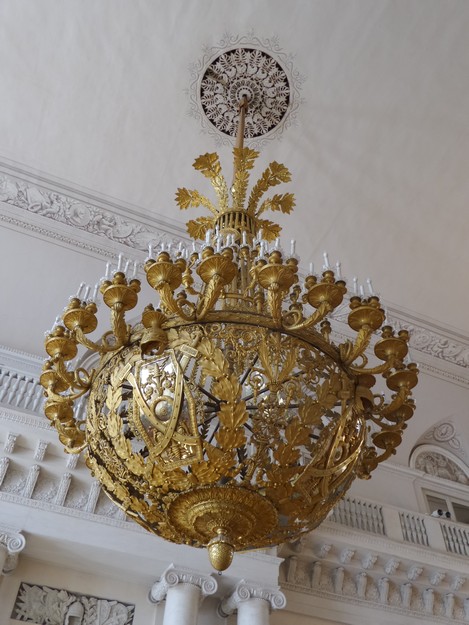
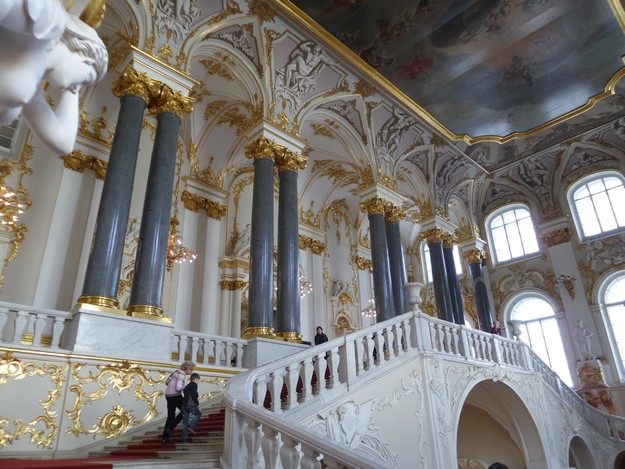
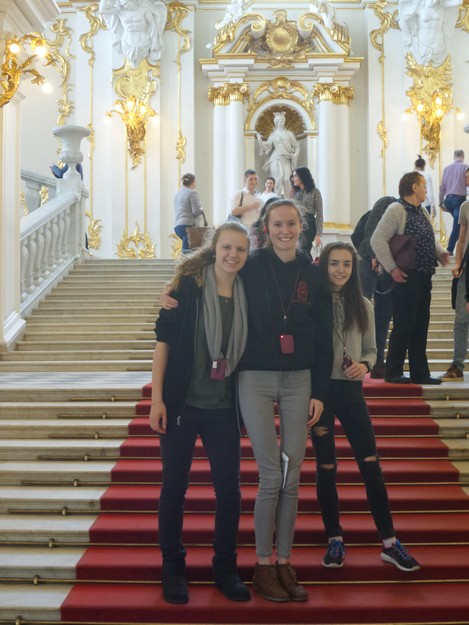
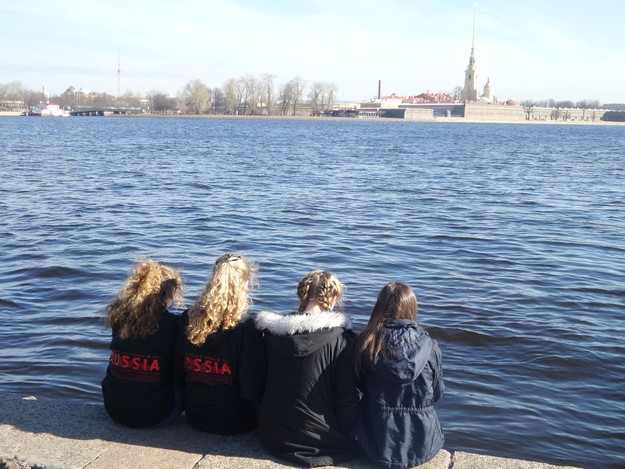
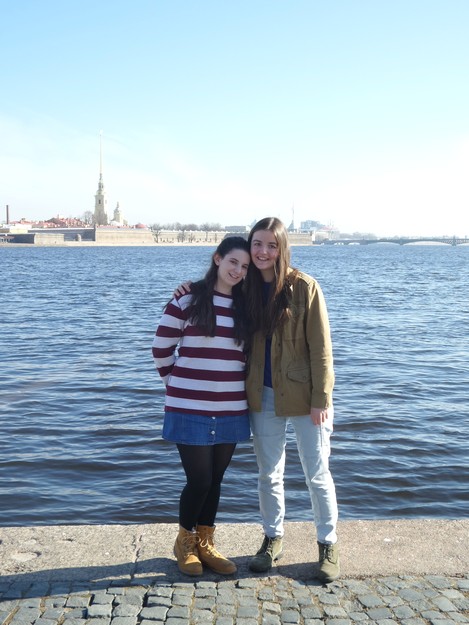
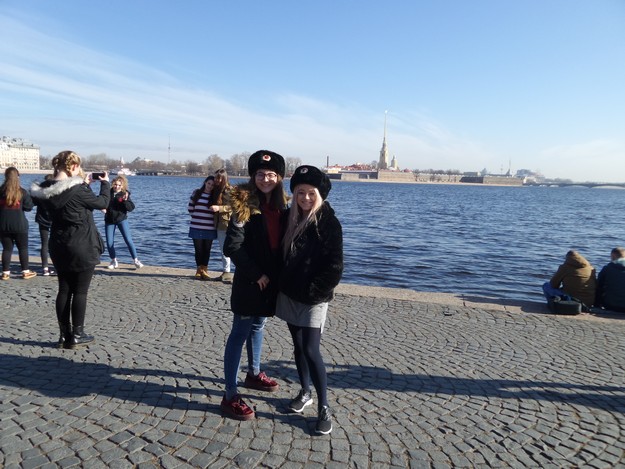
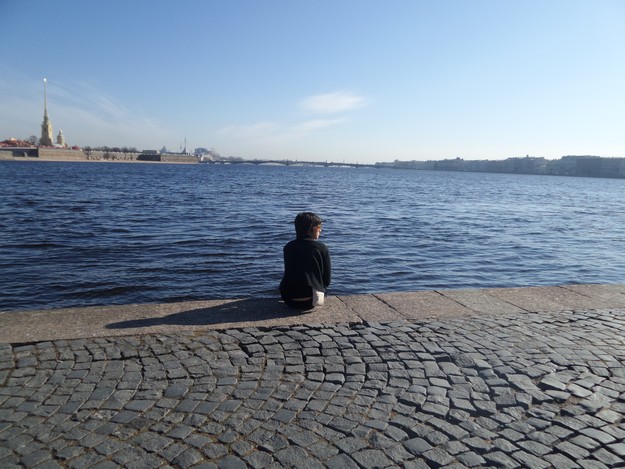
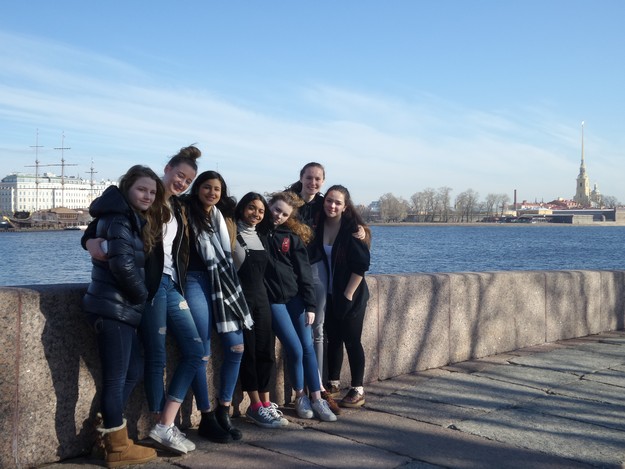
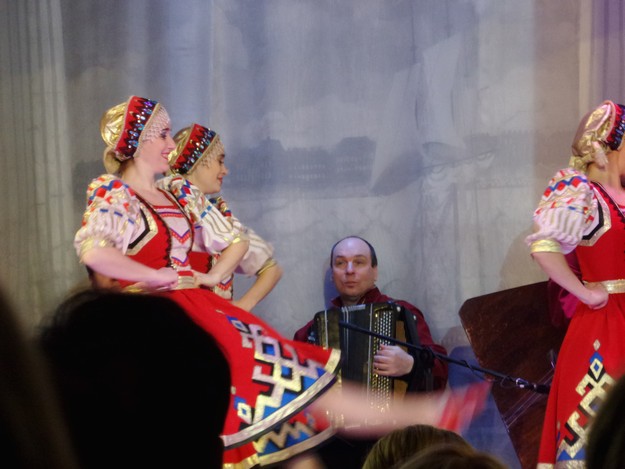
Day 6 – 6th April
This was the final day in Russia for the group but a busy one, making up for the time lost on the third day as a result of the St Petersburg Metro bomb. A visit to the Peter The Great’s log cabin was fun and posed some important questions, such as ‘Why was the Log Cabin not constructed of logs?’, and ‘where are the chimneys?’
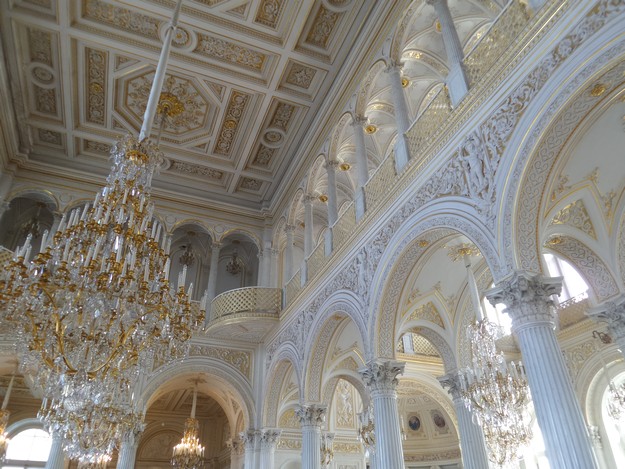
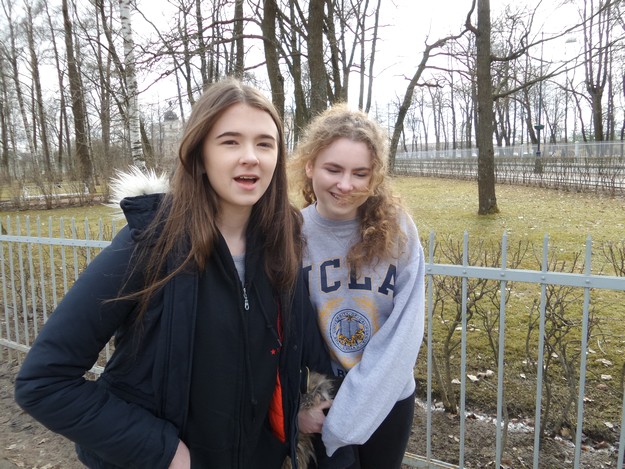
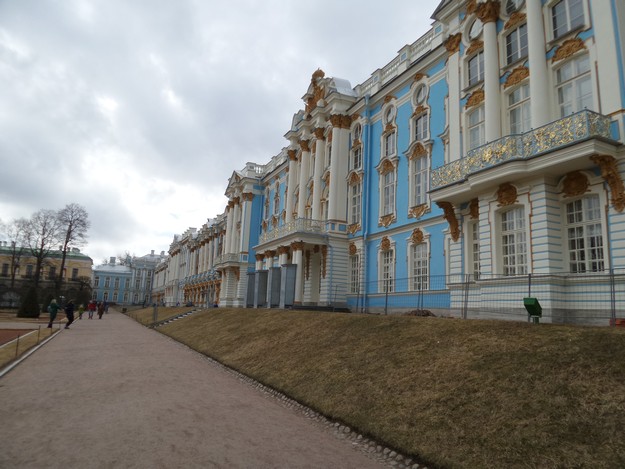
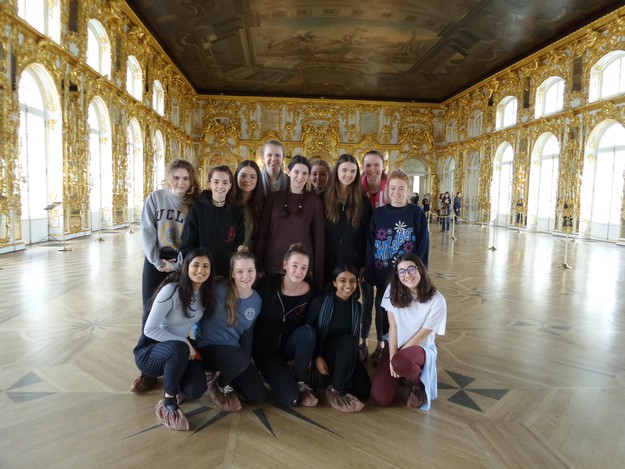
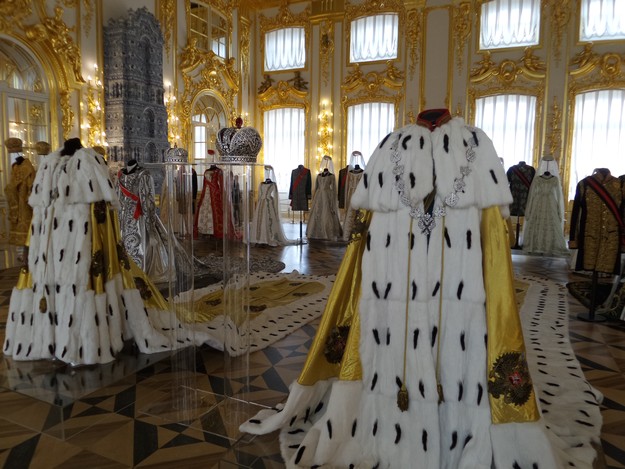
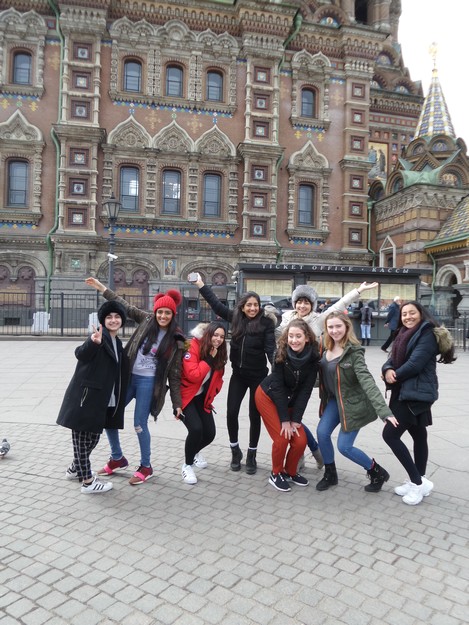
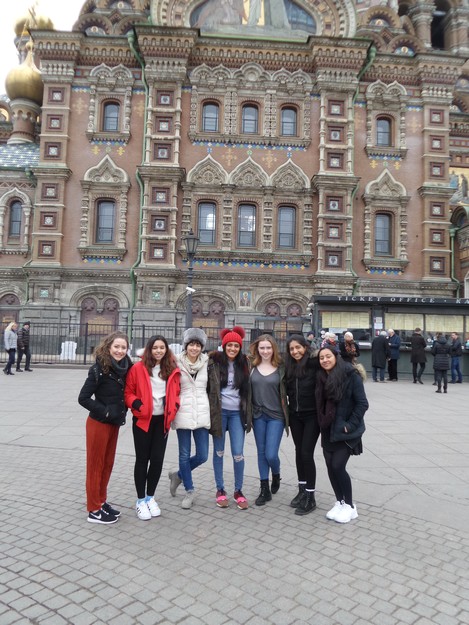
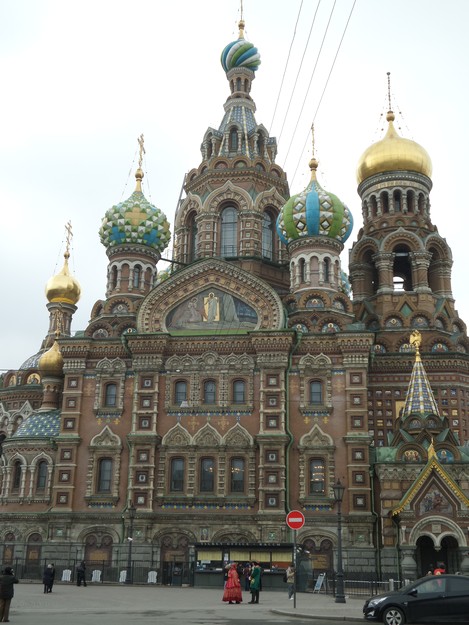
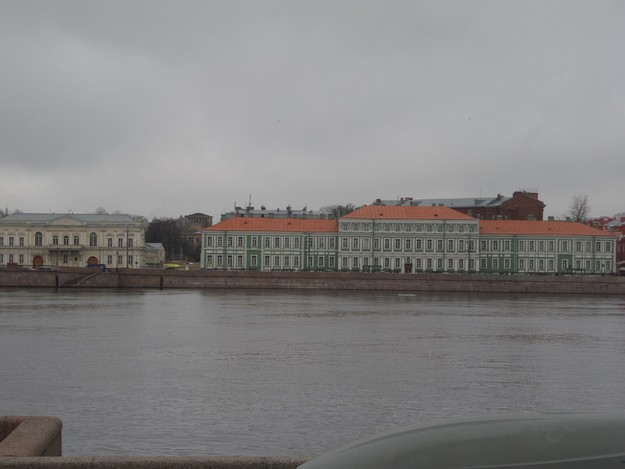
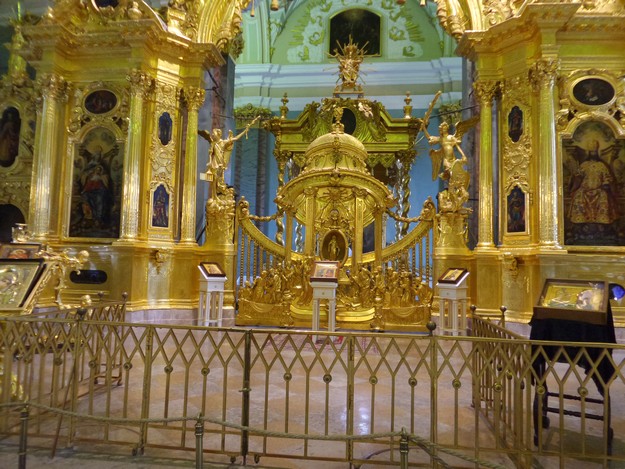
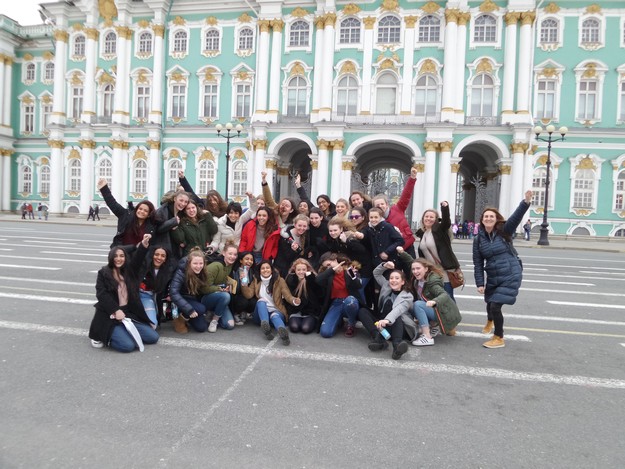
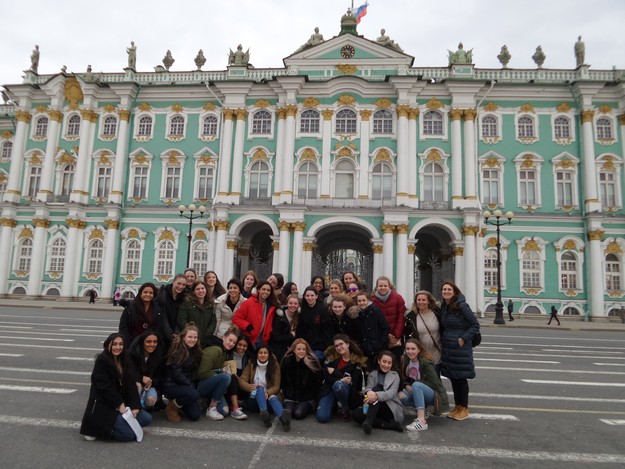
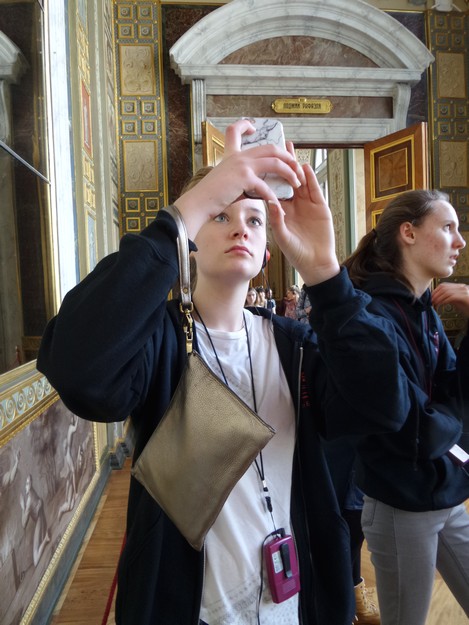
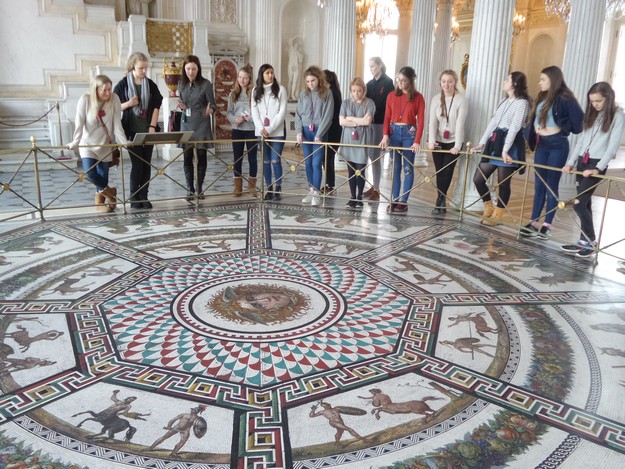
Then it was on to the Catherine Palace with its famous Amber Room which has only recently been restored after being stripped of its decorative amber panels by the Nazis during World War Two (the original amber has never been found). Once considered the ‘Eighth Wonder of The World’, the room was eye-catching to behold. Finally, after a busy, exciting and highly informative tour, the group made their way to the airport for their trip home.

